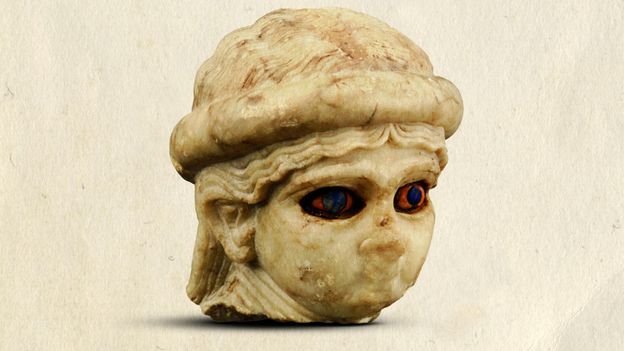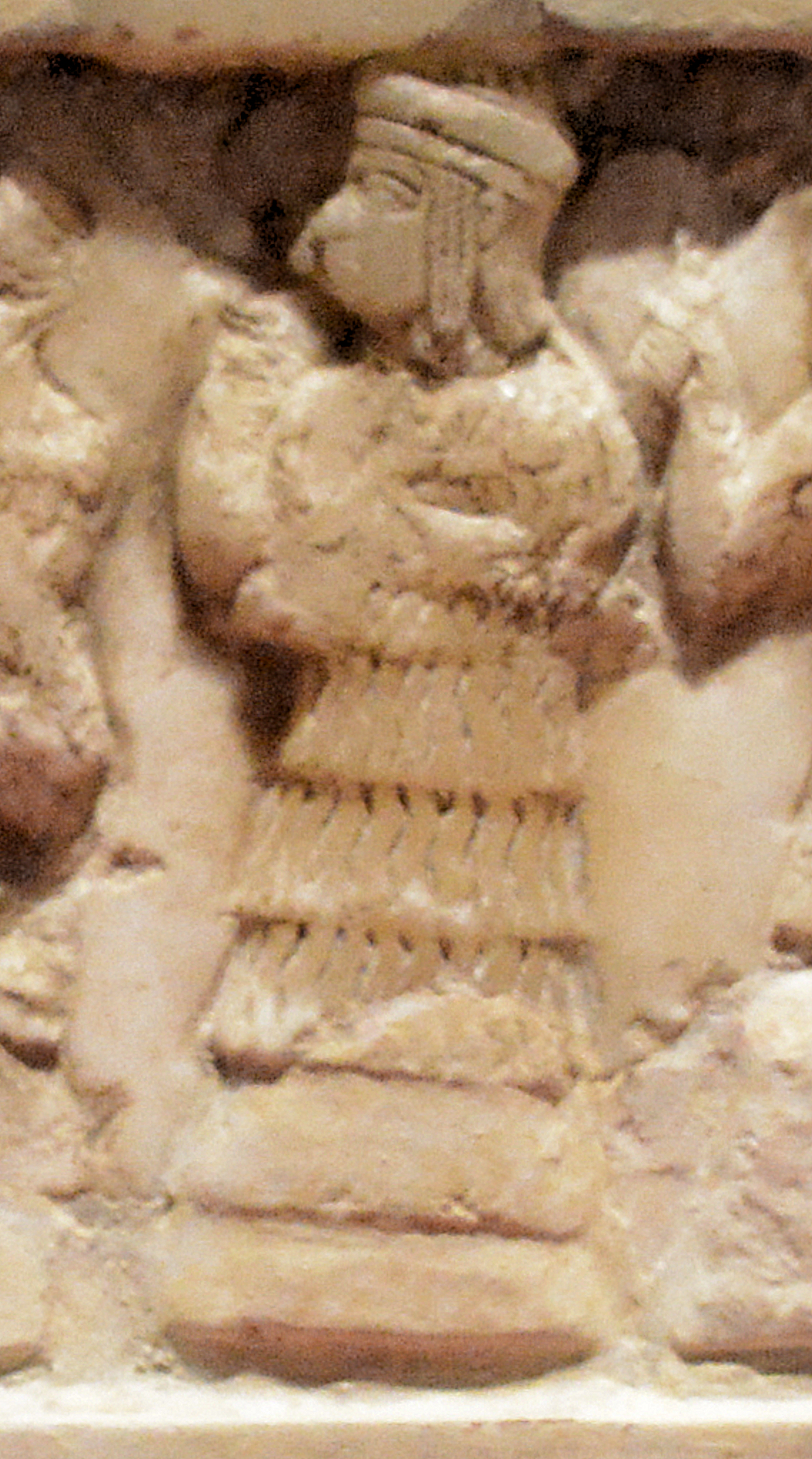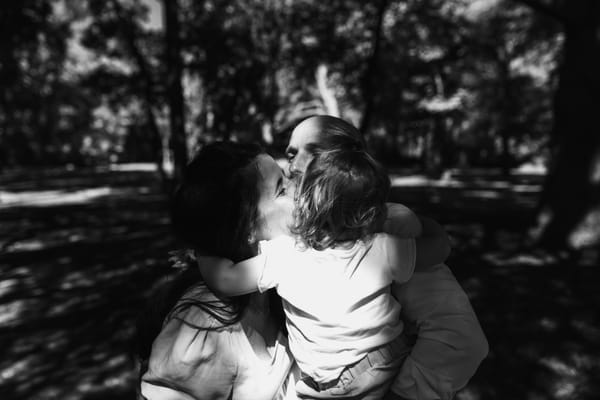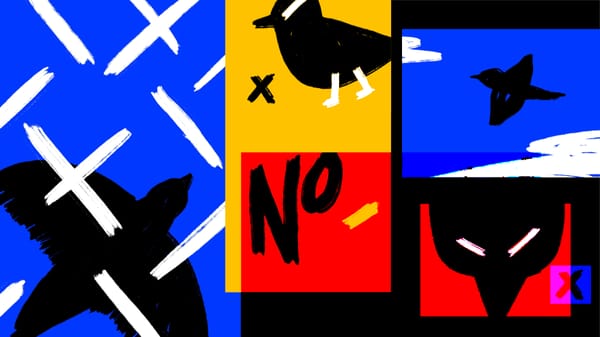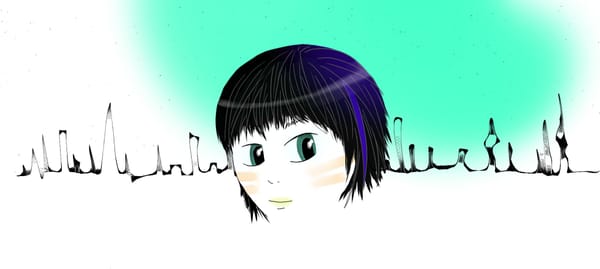𒂗𒃶𒌌𒀭𒈾
Enheduanna was the earliest known author in world history. And this has a lot to do with typography, femininity, and maternity.
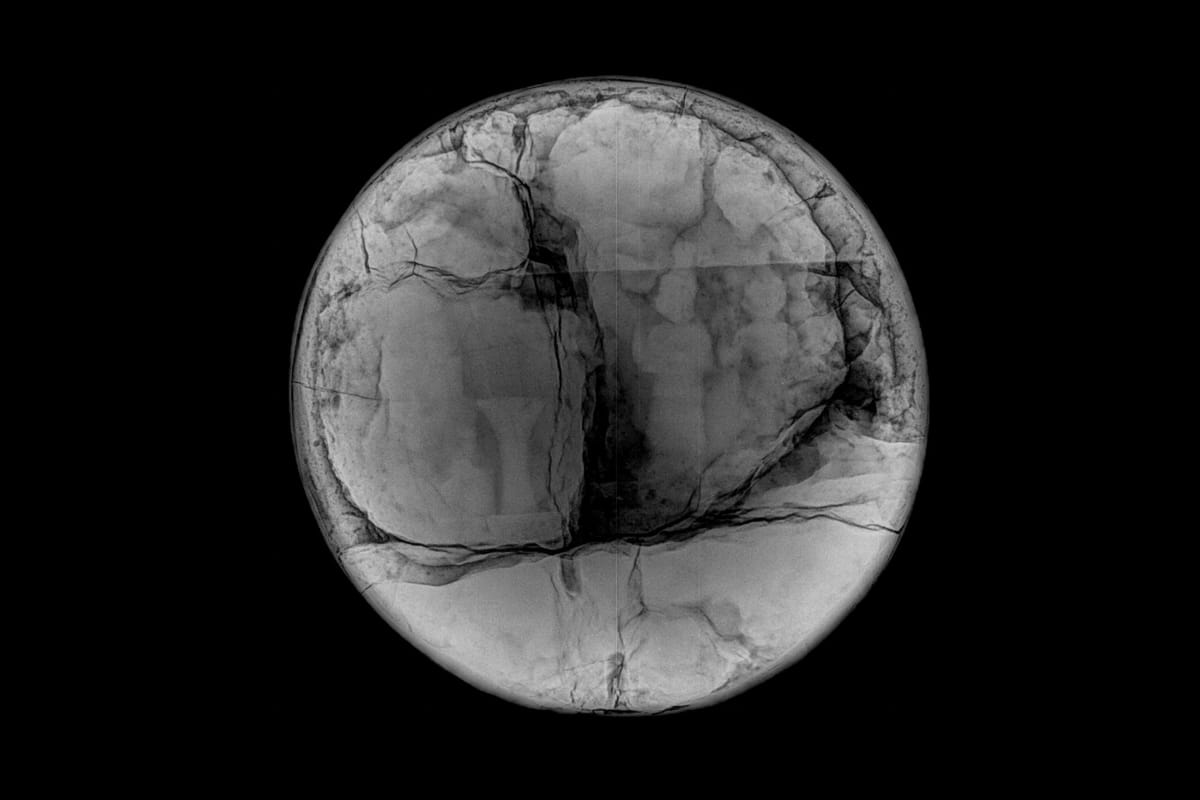
The title of this article is composed by the Sumerian characters for a feminine name, Enheduanna, high priestess of Inanna, the Sumerian goddess of love, war, and fertility. This article is about femininity, maternity, and a bit of typography. They are more interlaced than they could look like.
Abstract writing
When studying typography and retracing its history, we inevitably end up researching on the earliest ancestors of writings–where writing is intended as a tool to preserve speech, ephemeral by nature. Before typography as we know it today, there was an ideographic writing: each symbol represents an object (pictogram) or an idea (ideogram) rather than a sound (phonema). Some languages have kept this identity until today (see Chinese for instance, which is both).
The history of Enheduanna goes back to when a major shift in what we know as typography happened: it's the third millennium BCE, and the Akkadians (Mesopotamian people) decided to borrow the Sumerian writing to write down their own language. However, they don't take into account the Sumerian pictograms as they are, they rather use their sounds and associate each sign to a specific phonetic value. For the first time, writing becomes abstract.
It's only a millennia later, in 2000 BCE, that the Phoenicians eventually synthetized and generalized abstract writing, taking it from the Sumerian. For example, the sign "Beth", representing the house, started to be used to indicate the sound bé. And here's how alpha and beta (therefore modern letters A and B) come from.
The earliest known author
I first strumbled upon Enheduanna while I was researching on Inanna. The goddess name was choosen by the Italian-based obstetrical art studio that accompanied my sister during the pregnancy of her second daughter. Barbara and Paola, the two founders, were invaluable resources in the first days of my own motherhood experience, helping me find that power I didn't know I innerly had.
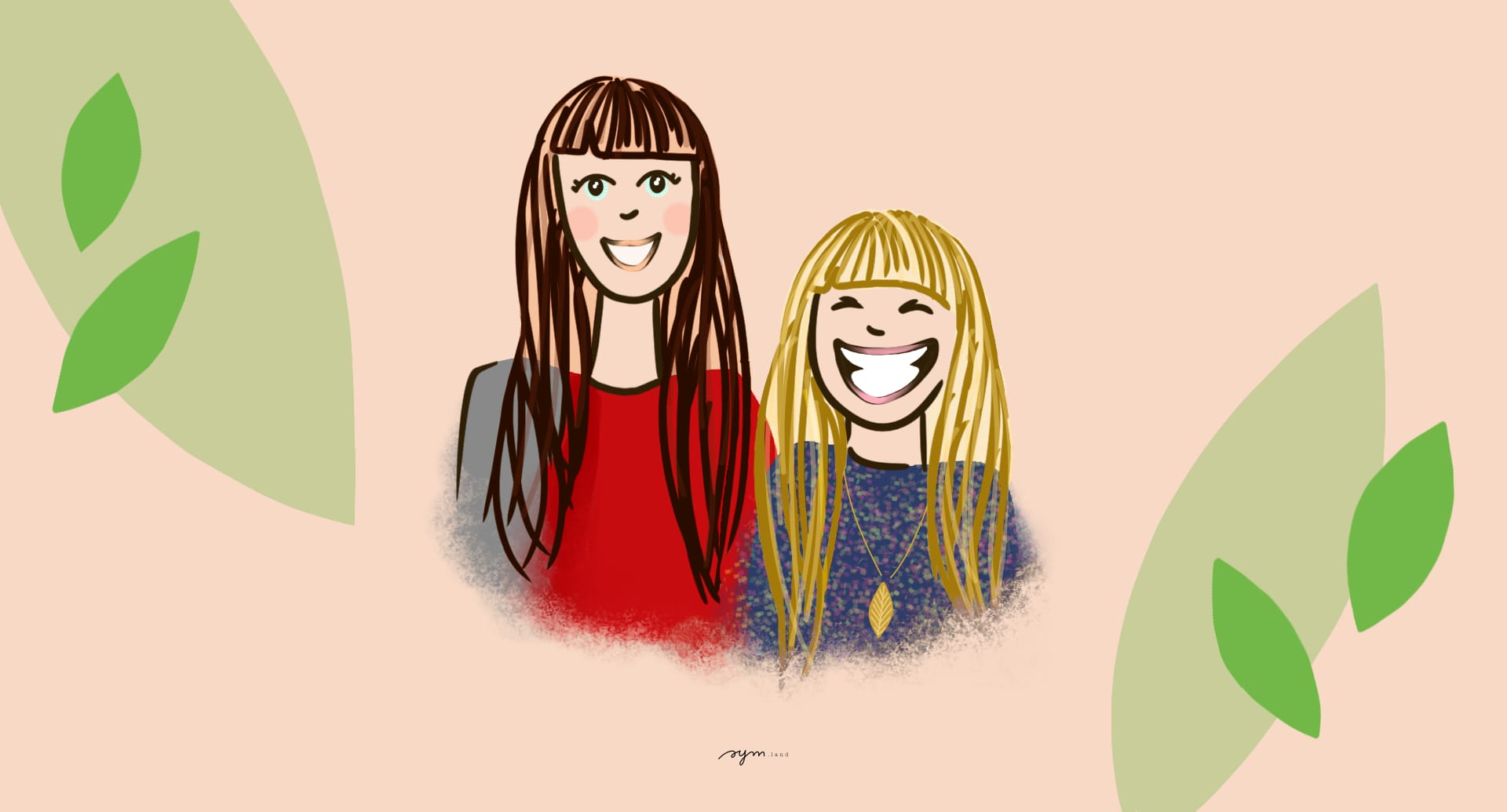
The most renown myth about Inanna is probably the one about her descent in the Underworld. It is a tale of an interior travel that every woman must undertake when she becomes mother, saying goodbye to who she's been so far and welcoming the change that would allow her to blossom into her new self.
Studio Inanna says it best: "It's a story about accepting our shadows, our fears, our abysses. A story of bareness from prejudices and mental constructions that heavily weight us down, a story of letting go of our defenses in order to sail to the final destination of knowing ouselves. A story of forgive and love. A story of death and rebirth, cyclical as everything feminine can be."
Inanna's priestess, Enheduanna, was the earliest known poet whose name has been recorded. She is the first named author in world history.
Rebirthing as mother
The word "mother" carries different meanings depending on whether it's viewed from the perspective of the child or the mother. As a child, your experience of "mother" is completely distinct from what you might feel once you become a parent yourself. This difference isn't just because you are two separate people, but because your roles shift—from being the child to becoming the adult. It's like looking at a mirror from opposite sides: on one side, as a child, you see your reflection. To you, "mother" is someone who nurtures and cares for you; you are the center of that world. On the other side, as the mother, you look at the child, who still sees only themselves. The mother doesn’t see her own reflection—she vanishes into the role, becoming the mirror itself. Not sure if this makes sense, but to help you picture it, try to imagine Harry Potter's Mirror of Erised.
We should reconsider the tendency to draw comparisons between our experiences as children and what we feel when we become parents. The mirror may be the same, but the observation point is entirely different, and so are the outcomes. This is my perspective as a mother, since I honestly have no way of knowing how my mother felt in her own role. I only know how I felt as being her child. These are incomparable experiences, like trying to measure volume in cubic meters versus milliliters—both describe the same concept but in completely different ways.
Hello, I'm Simona, and this is my happy place on the web (more on that here). I am an Italian designer and illustrator based in France, my happy place on Earth.
Illugination is where I gather my thoughts on topics ranging from education and philosophy to animation, sustainability, and sometimes even physics. It's also my creative studio: here you may find case studies for projects I've worked on and creations I’ve brought to life in the last 10 years or so.
Thanks for being around,
Simona
Read more on Enheduanna
